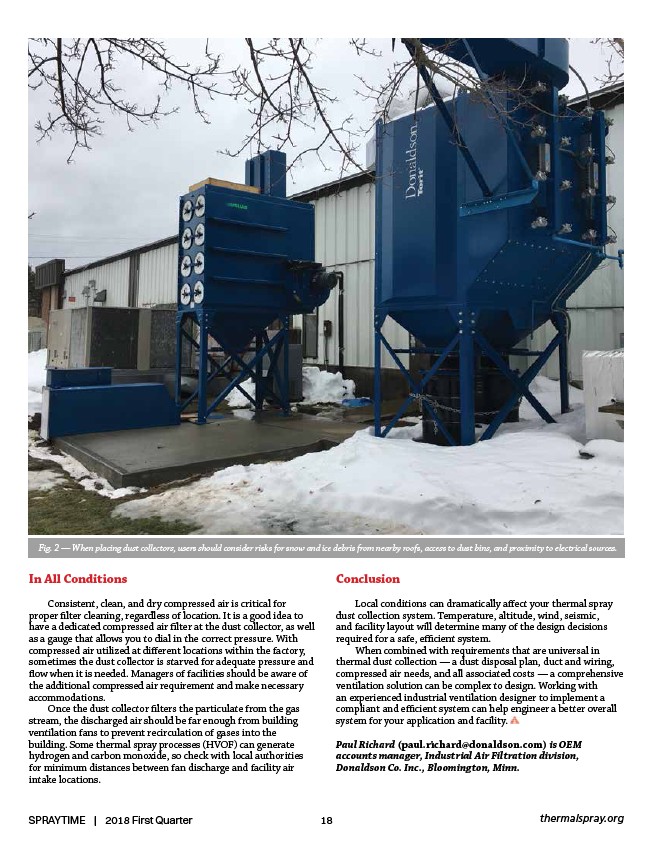
Fig. 2 — When placing dust collectors, users should consider risks for snow and ice debris from nearby roofs, access to dust bins, and proximity to electrical sources.
In All Conditions
Consistent, clean, and dry compressed air is critical for
proper filter cleaning, regardless of location. It is a good idea to
have a dedicated compressed air filter at the dust collector, as well
as a gauge that allows you to dial in the correct pressure. With
compressed air utilized at different locations within the factory,
sometimes the dust collector is starved for adequate pressure and
flow when it is needed. Managers of facilities should be aware of
the additional compressed air requirement and make necessary
accommodations.
Once the dust collector filters the particulate from the gas
stream, the discharged air should be far enough from building
ventilation fans to prevent recirculation of gases into the
building. Some thermal spray processes (HVOF) can generate
hydrogen and carbon monoxide, so check with local authorities
for minimum distances between fan discharge and facility air
intake locations.
Conclusion
Local conditions can dramatically affect your thermal spray
dust collection system. Temperature, altitude, wind, seismic,
and facility layout will determine many of the design decisions
required for a safe, efficient system.
When combined with requirements that are universal in
thermal dust collection — a dust disposal plan, duct and wiring,
compressed air needs, and all associated costs — a comprehensive
ventilation solution can be complex to design. Working with
an experienced industrial ventilation designer to implement a
compliant and efficient system can help engineer a better overall
system for your application and facility.
Paul Richard (paul.richard@donaldson.com) is OEM
accounts manager, Industrial Air Filtration division,
Donaldson Co. Inc., Bloomington, Minn.
SPRAYTIME | 2018 First Quarter 18 thermalspray.org